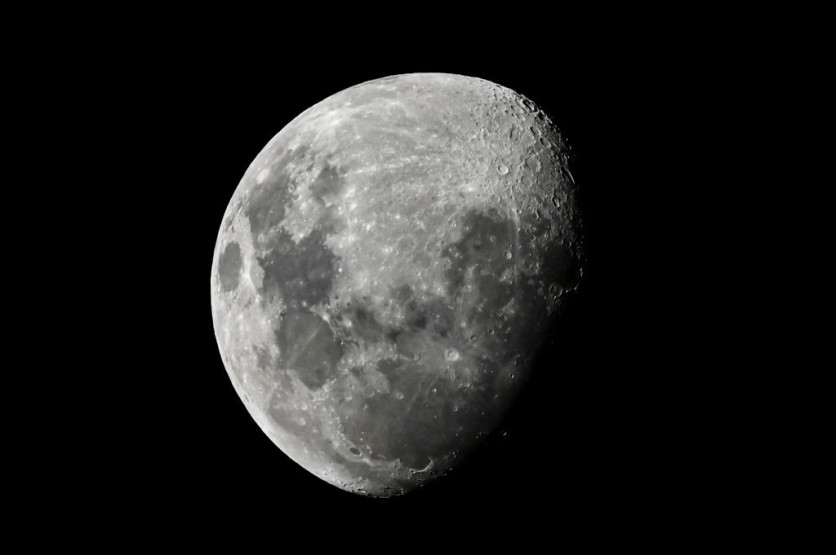Samples taken from the Moon's Oceanus Procellarum, an ancient mare basalt, may help to determine the source of lunar water. The name "Oceanus Procellarum" translates to "Ocean of Storms."

In 2020, China's lunar lander Chang'E-5 delivered the first real-time, on-site spectral analysis that definitively confirmed the presence of water in the basalt rocks and soil on the moon.
The finding was validated when laboratory samples from the lander in 2021 were analyzed.
Now, the Chang'E-5 team has determined the water's origin.
For the first time, scientists looked at data from lunar surface surveys and laboratory analysis of moon rocks to study the presence, form, and amount of water on the moon.
Also read: NASA Hubble Spots Water Vapor in Jupiter's Europa, But One Detail is Weird for Researchers
The Results
The results showed the distribution and source of water in the Chang'E-5 landing zone, which provides accurate information for the interpretation and estimation of water signals in remote sensing survey data.
Samples were collected during the hottest time of the Moon's day, when the surface is driest. This also happens to be when there is low solar activity, which can contribute to hydration.
The hydroxyl was first found in 11 rock and soil samples by the on-board lunar mineralogical spectrometer. It was then confirmed by five laboratory analyses of eight of the samples. The hydroxyl came from two different sources. A small section was made of glassy material that was created when solar winds hit the surface of the moon.
This suggests that the solar wind may have contributed to the hydroxyl content observed at the Chang'E-5 landing site, although the contribution was likely very small.
The researchers are planning to continue lunar exploration with Chang'E-6 and Chang'E-7.
What is Lunar Water
Lunar water is a concise, consolidated overview of the history of lunar exploration, the origin of the moon's water, the potential for lunar water to be harvested, the role of lunar water in future space exploration, and the potential for lunar water to be used here on Earth.
Lunar water was formed by two different mechanisms. For ancient lunar water, solar winds and radiation created water through hydroxylation of surface materials.
The protons from the solar winds and the ions from solar radiation can combine with oxygen and silicon atoms in the surface materials to form silicate ions and hydroxide ions.
When these ions combine with hydrogen ions, they form water.
In this way, the solar wind deposited water in the form of hydroxyl on the Moon's surface.
The second mechanism for lunar water formation comes from the impacts of comets and meteorites. When these objects hit the lunar surface, they released water, ice, and other volatiles.
These impacts may have also released water that had already been trapped in the lunar rocks.
Related Article: China's Lunar Lander Finds WATER on the Moon, Latest Chinese Probe Claims
This article is owned by TechTimes
Written by April Fowell




